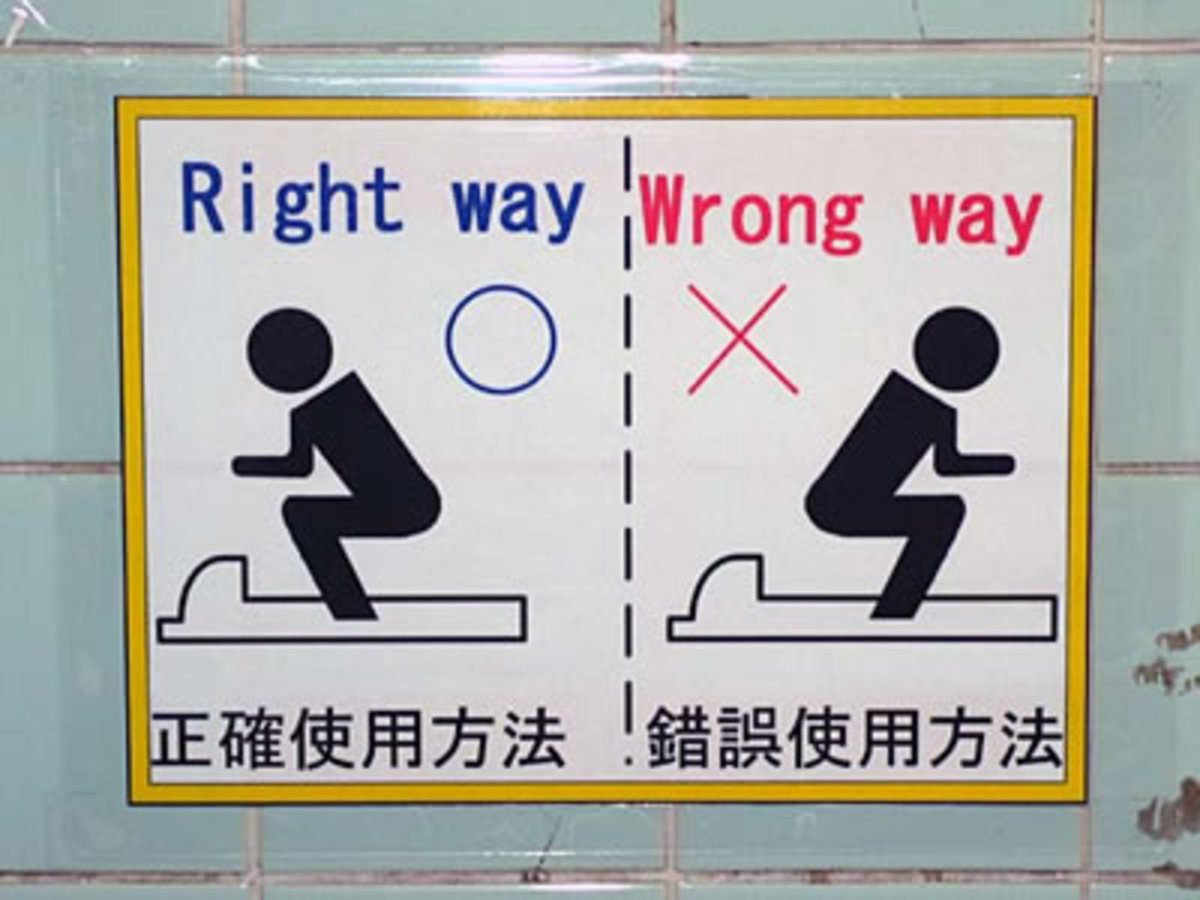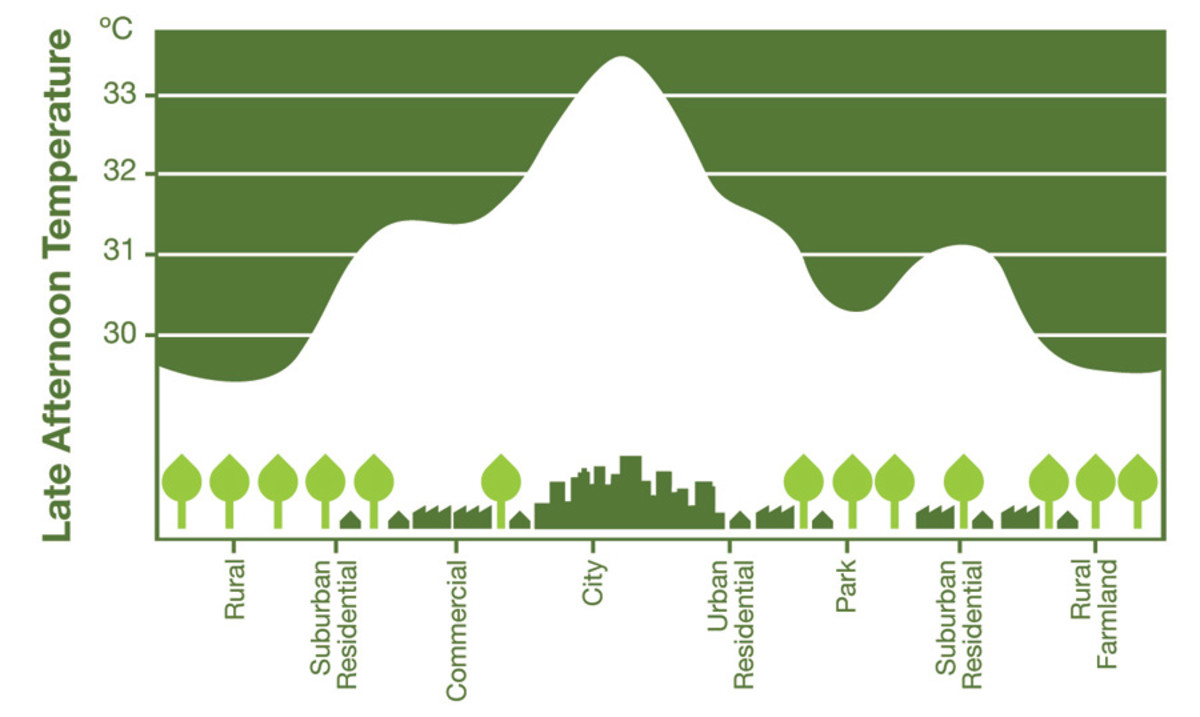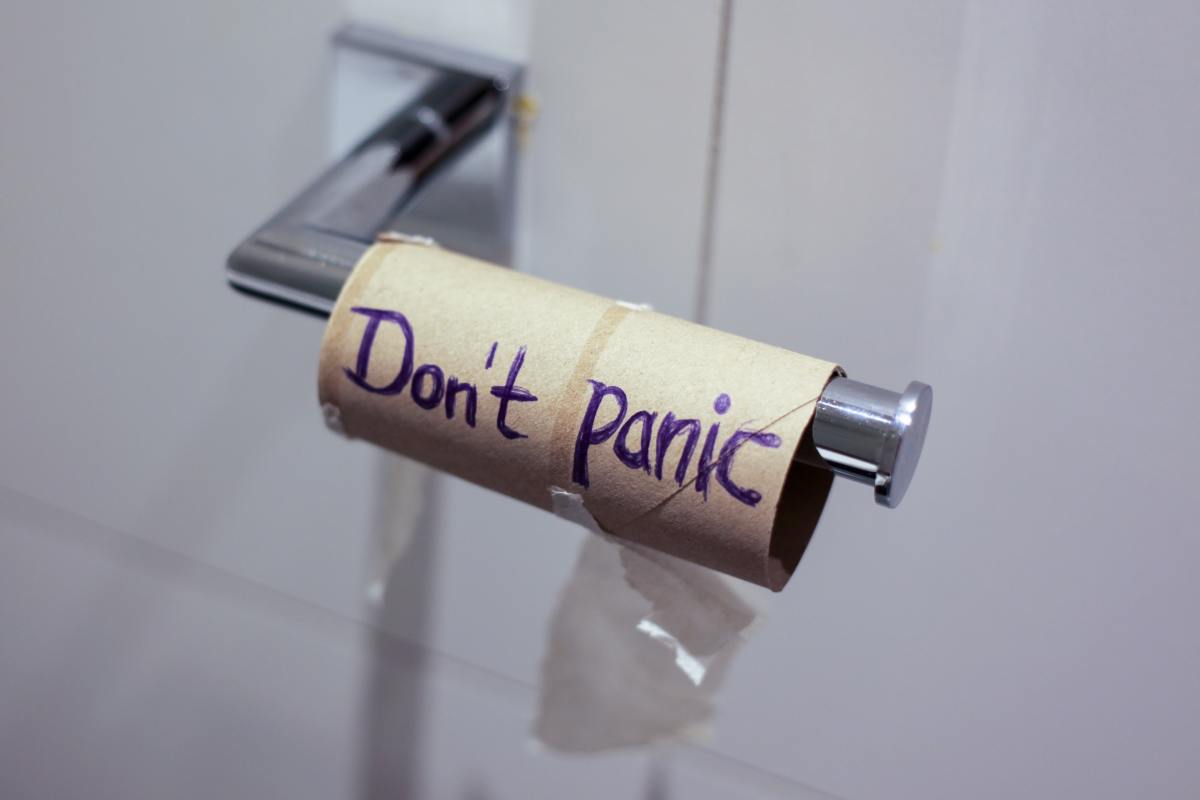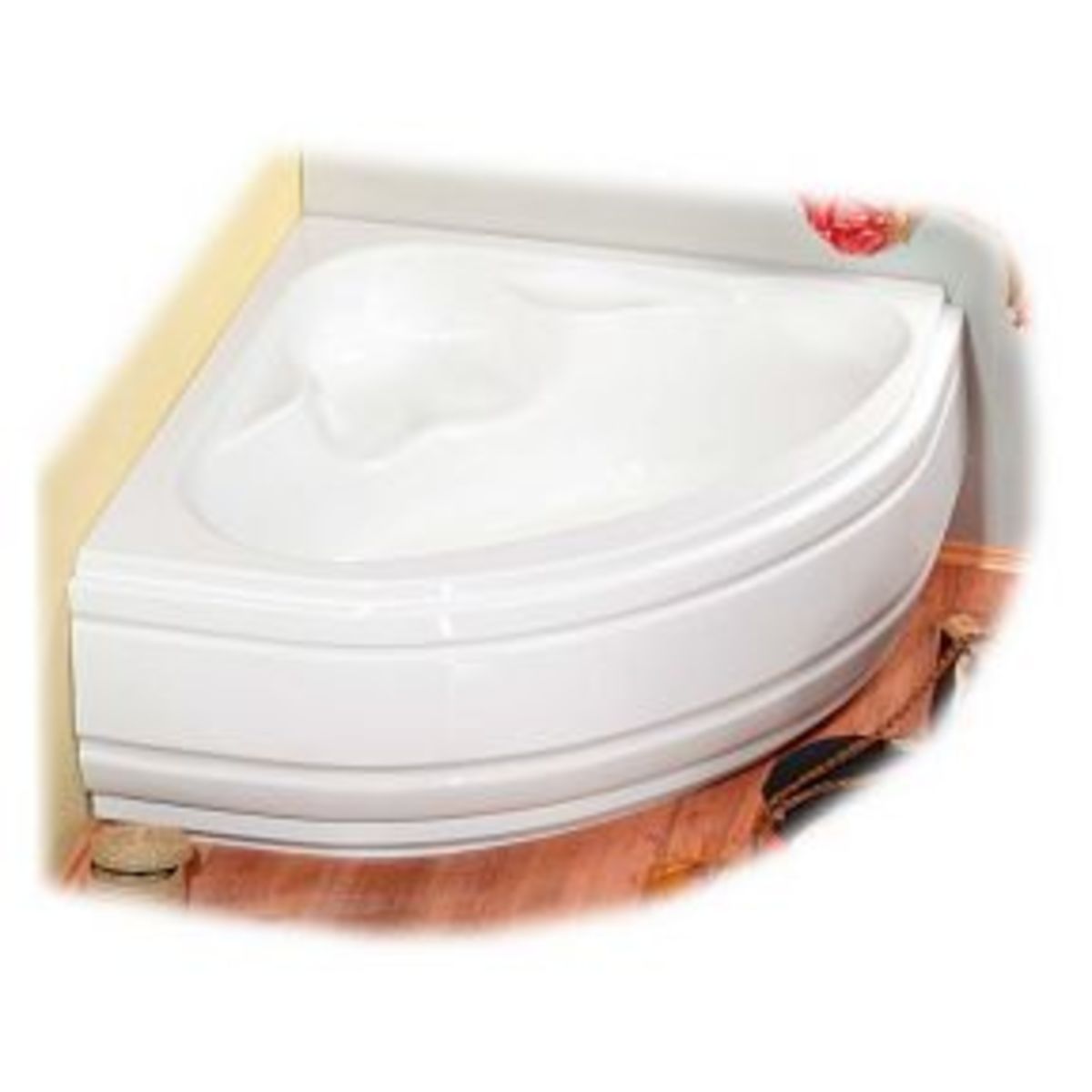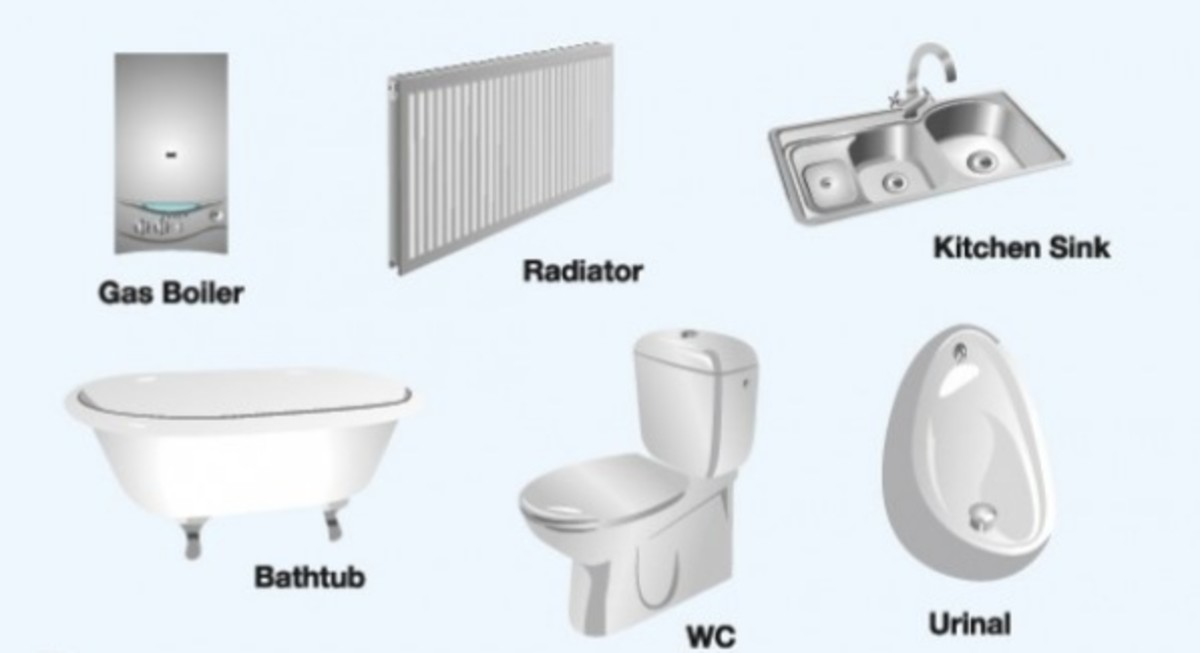How to fix an environmentally friendly toilet plumbing in the bathroom!
To have a water-flushing toilet – or not to have, that is the question!
To have a water flushing toilet - a human right?
Sometimes and for some people this plumbing question seems to be the most important thing when it come to remodeling or do a new bathroom! I meat them all the time in my work. Before I started at my current job I had no idea that toilets can be so important to people. And with some it doesn’t stop there, no; it is also very important which type of water-flushing toilet they have! But mostly, they look on the design rather than the function!
In this hub I will tell you how you can have a water flushing toilet with all the comfort we are used to and make a big difference for the environment at the same time. You can do this whenever you like, but it is probably more convenient to do the change during a plumbing remodeling or when you install a new plumbing in your bathroom.
In the municipal where I work as an environmental and health inspector we put a lot of energy in saving the marine environments and freshwater environments. A way to do that is to reduce the on going eutrophication in water environments.
In many lakes and confined marine habitats there are big problems with eutrophication and the problems increase at the same speed as the population grows. There are a few causes to this leakage of nutrients to water environments and one of the biggest cause is human sewage.
I am totally aware of the benefits of a water toilet from user perspective. It is clean, fresh and your faeces and urine is simply just gone! But the problem is that it isn’t gone, it is only out of sight! All water-flushing toilet is in fact a mad invention! We use fresh clean drinkable water to get rid of human waste. But after usage it isn’t clean anymore and sooner or later this water will reach a water environment; either the groundwater, a lake or marine waters.
Hopefully the wastewater is cleaned from viruses and bacteria and some of the nutrients will be reduced in wastewater treatments. But no matter how effective these wastewater treatments are, some of the nutrients will reach a water environment and affect habitat there.

So, how do we solve these problems in our bathroom?
The best way to reduce leakage of nutrient to water is of course not to mix the human waste with water in the first place. The method to use dry toilets and compost latrine is the number one method. There are so many different dry toilets on the market and there is a dry toilet for everyone’s taste! I will not get into the different types of dry toilets but it is an old and proven technic that work if the owner put some energy in maintenance.
But if you, for some reason, don’t like the idea of handling the latrine and if you really want a water-flushing toilet you can! And you can still make a big different for the environment.
The way to do it is to install a double flushing urine separation toilet or a non-mix toilet!
The difference between them and an ordinary water toilet is that urine separation water toilets have two receptacles: one for urine and one for faeces! The bowl for urine varies a bit in size between different toilet models. The urine is separated to a storage tank together with the small amount of water that is used to flush the urine receptacle.
It really makes so much sense! Why mix something that is divided from the beginning? And then also have so much trouble trying to separate it afterwards! Isn’t it better to design the toilets so they fit how humans are created?
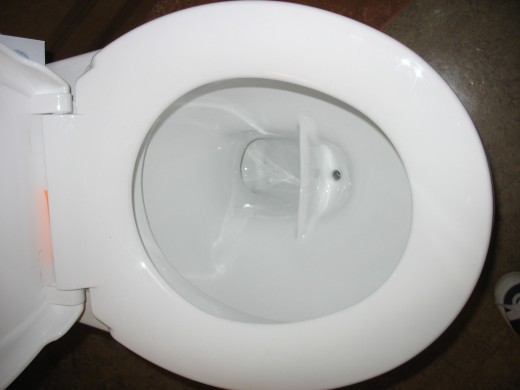
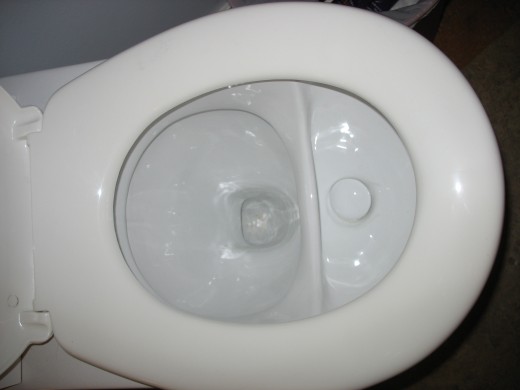
The human urine contains about 98% of the nitrogen and about 68 % of phosphorous of the total amount of nutrients in a traditional closet sewage.
The benefits with urine separation!
By separating the urine in our bathroom we have done a great difference to the environment!
The nutrients in urine are in perfect composition for the plants to receive. So therefor urine is great to use as fertilizer in your own garden, provided that you have enough land, or a farmer can use urine as fertilizer on cultivated land. By using urine instead of artificial fertilizers a lot of energy is saved because production of artificial fertilizer demands a lot of energy.
Another benefit with this type of toilets is that they reduce water consumption because the forward cavity for urine is flushed with a small amount of water compared to a traditional toilet. Most of our visits to the toilet during a day are to pee and it is a big waste to use the big flush just for urine.
Things to think about!
You will need two separate pipes from the toilet and out from the building. The urine is flushed with a small amount of water to a storage tank. The faeces are flushed away for treatment in a wastewater treatment plant.
The double flushed toilets need a bit more maintenance than a traditional toilet. The most common problem is urinary crystallization. To avoid this or clear a blocked pipe you can use caustic soda or citric acid. To avoid stop you can use 70- 80 ° water now and then.
Stop in the pipe caused by hair and paper can be taken care of by using a clearing wire.
The most important thing ti consider is to install the pipes in the right way because it will save so much trouble later on. The way to do it is to install the pipes for urine with at least 1% fall in the building and never use less than 50 mm diameter pipes inside the building. The main thing is to get enough inclination of the urine pipes in order to avoid unnecessary urine crystallization.
If you want to use the urine on your own property you might need a permission from your Environmental department because there are some requirements that needs to be followed. The best way to make use of the urine is if you can find a farmer that can use the urine as fertilizer on farmed land.
So, by using a double flushed urine separation toilet you can:
- Decrease the amount of water usage
- Decrease the amount of artificial fertilizer and energy consumption
- Decrease the amount of nutrients to the water environment
And you will become a part of a natural cycle in your bathroom in an easy way!
Useful links!
- NoMix Toilets Separate Waste, Are Super Eco-Friendly | Inhabitat - Green Design Will Save the World
A recent study showed that Europeans are open to the NoMix toilet. So what is stopping us? - Carbon Counting: Urine separation toilets
- Urine-separating NoMix toilet gets thumbs-up in European countries | Grist
If we had toilets that separate urine from solid waste, wastewater plants would have an easier task and we could extract nutrients for fertilizer.

